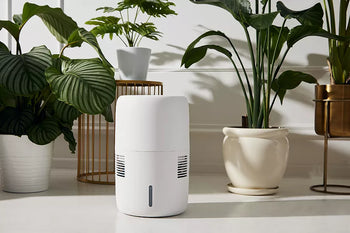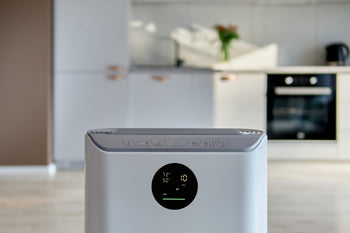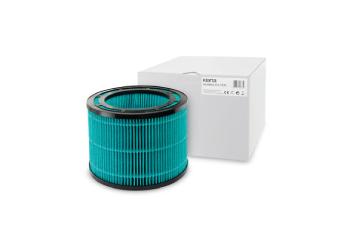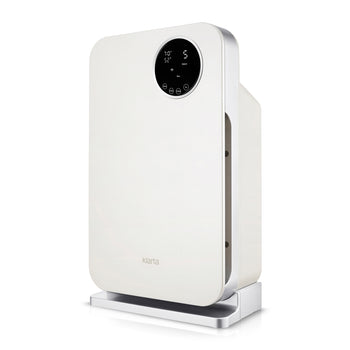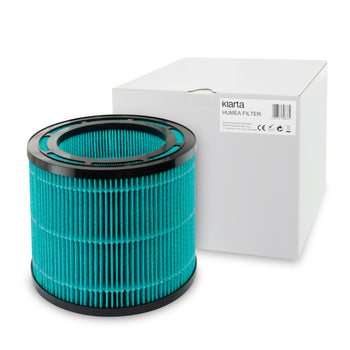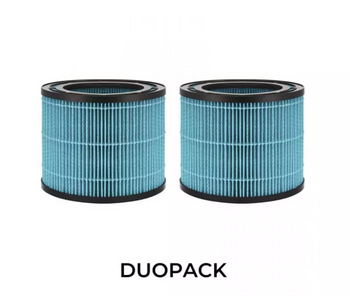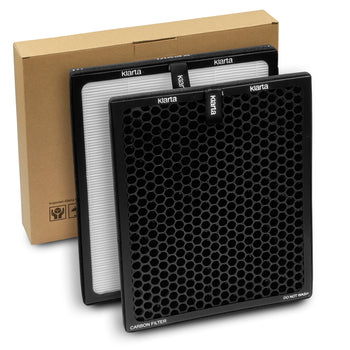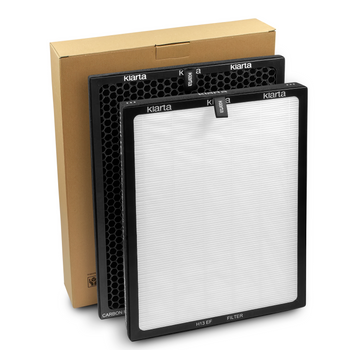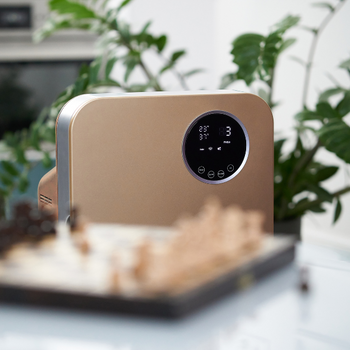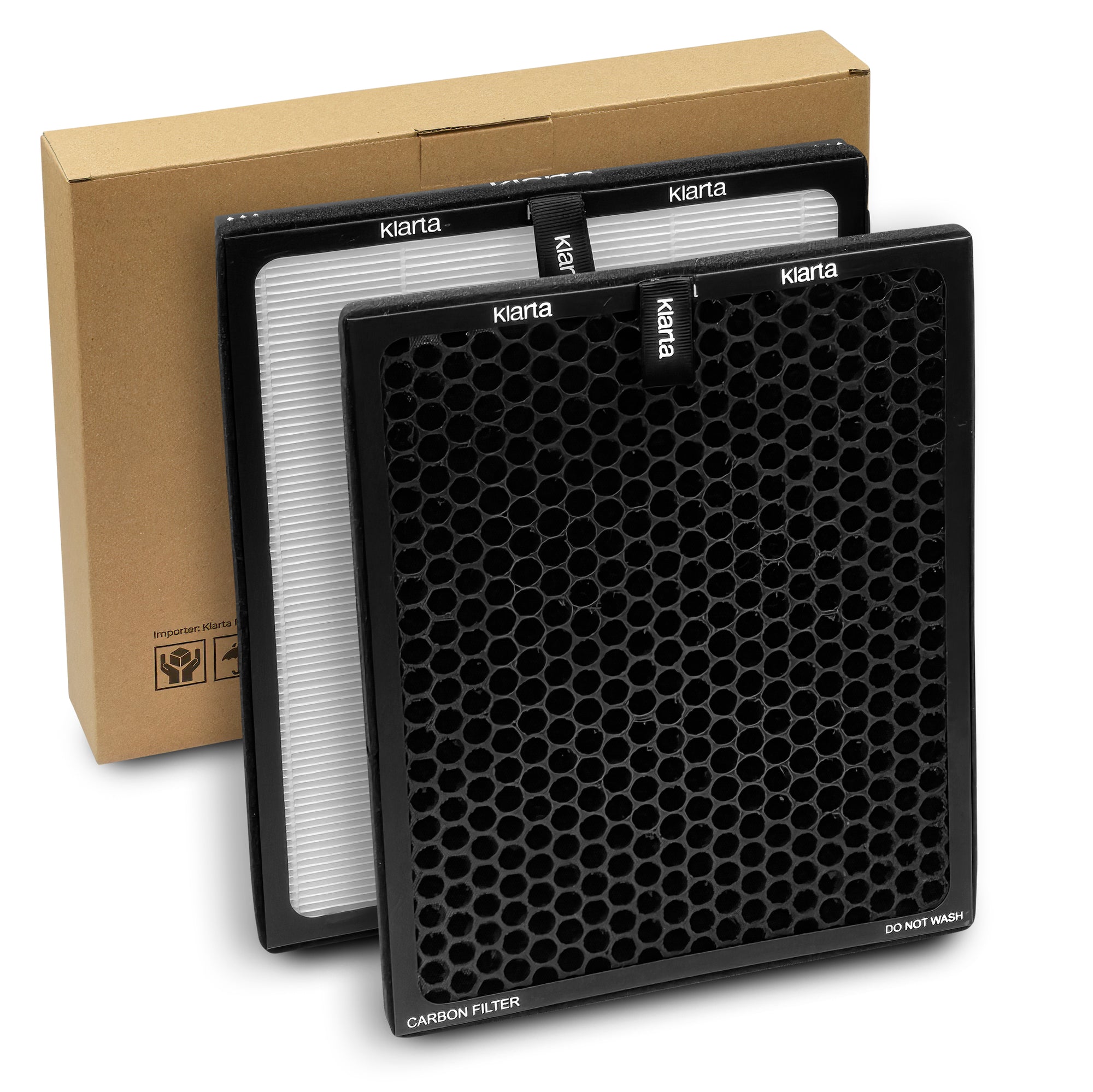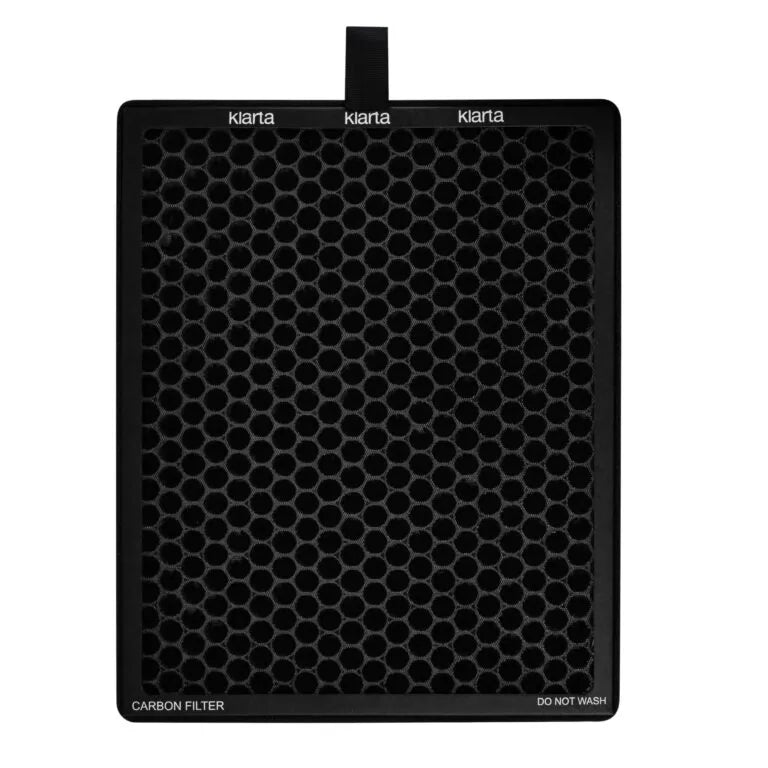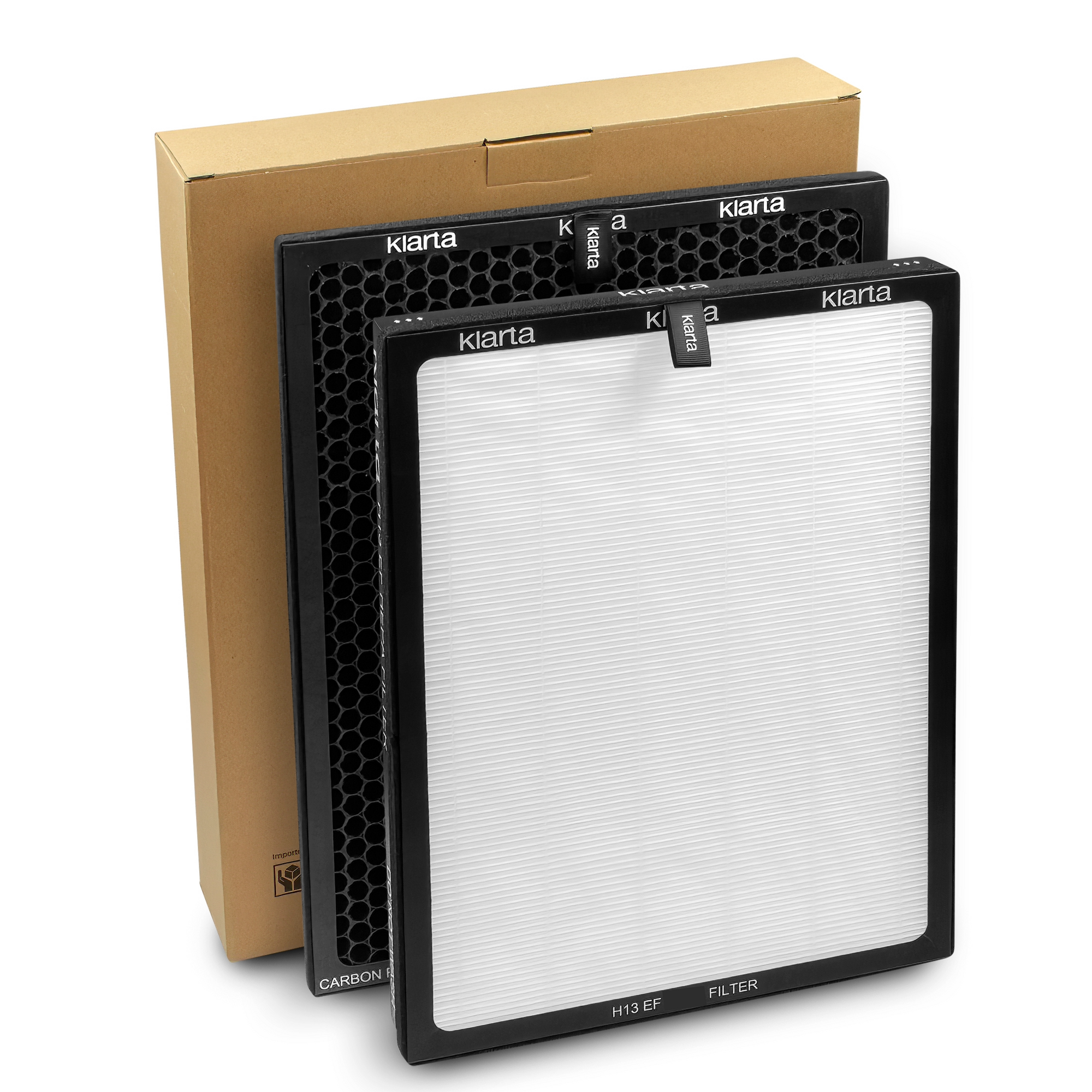The name HEPA filter comes from the English words High Efficiency Particulate Air Filter, which translated into Polish means a high-efficiency particulate filter.
The history of this technology dates back to World War II, when the HEPA filter was developed as a method to protect soldiers from radioactive dust particles.
Currently, it is used not only in air purifiers, but also in ventilation systems, anti-smog masks, vacuum cleaners and laboratory laminar flow cabinets.
What does a HEPA filter remove?
In air purifiers, the HEPA filter is responsible for removing:
- suspended dust, which is a carrier of polycyclic aromatic hydrocarbons, dioxins and heavy metals,
- inhalant allergens, i.e. pollen, dust, hair and mold spores,
- parts of viruses and bacteria.
As you can see, HEPA technology plays a fundamental role in combating smog , but its capabilities extend far beyond that. Its high effectiveness in combating inhaled allergens makes devices equipped with a HEPA filter ideal air purifiers for allergy sufferers.
A HEPA filter is accordion-shaped and composed of several layers of thin material made of fiberglass, polyester, or other plastic. Inside each layer are pores measuring 0.3 microns in diameter, through which air flows.
The size of the holes makes it difficult for HEPA technology to capture contaminants measuring 0.3 µm. HEPA filter classifications were developed based on their efficiency in retaining them. For classes used in air purifiers, these efficiency classes are:
- E10 > 85%,
- E11 > 95%,
- E12 > 99.5%,
- H13 > 99.95%,
- H14 > 99.995%.
It's important to remember that an air purifier continuously filters the air, so particles not removed in the first cycle will be captured in the next. If the device's efficiency is adequate for the room's cubic capacity, the E11 class will provide the same efficiency as higher-class filters. Guided by this principle, we decided to equip Klarta air purifiers with E11 class HEPA filters.
However, we recognize varying customer preferences, so when the filter is used up, you can choose to stick with the same class or choose a HEPA filter of class H13. The expected lifespan of HEPA filters in air purifiers is 4-12 months for the Klarta Forste and 24 months for the Klarta Stor 2 .
Can the HEPA filter be washed with water?
These filters should not be washed. Made of delicate polypropylene fibers, they can become damaged or deformed, losing their dense structure that traps dirt particles. This automatically reduces filtration efficiency.
